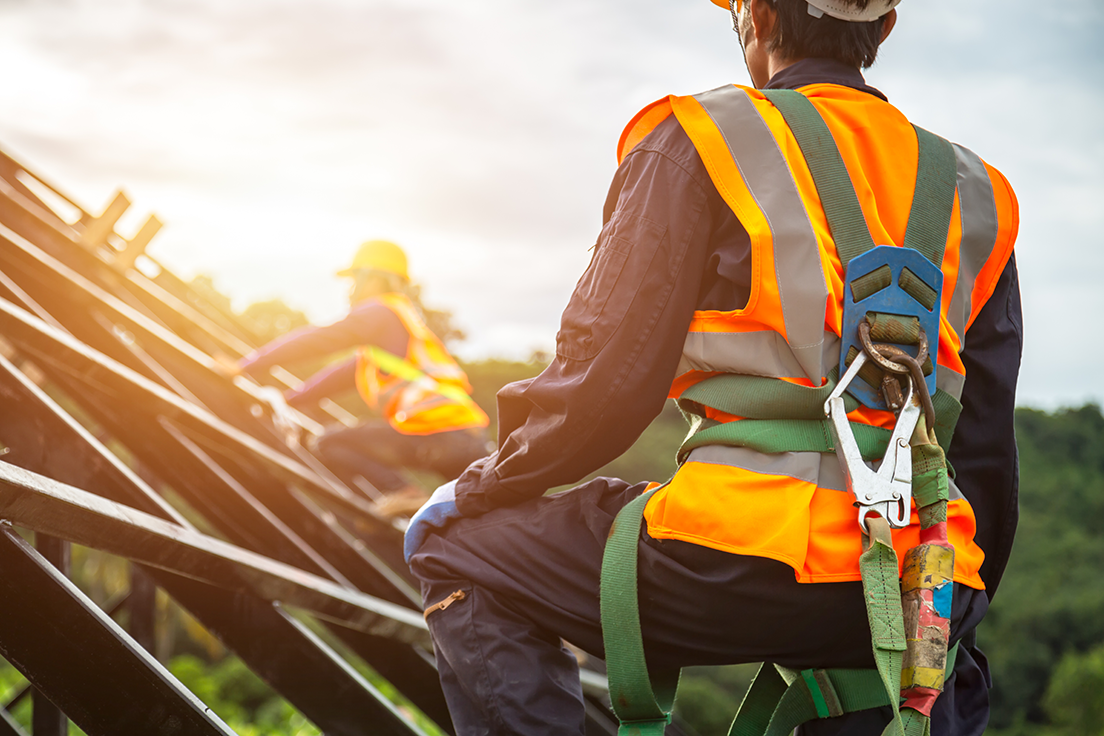
Introduction:
In recent years, the United Arab Emirates (UAE) has witnessed a rapid surge in construction projects and infrastructure development. With skyscrapers, high-rise buildings, and ambitious engineering feats shaping the skyline, ensuring safety measures, especially fall protection UAE, has become paramount. The protection of workers and professionals operating at heights is a significant concern, prompting stringent regulations and the implementation of robust safety protocols across industries.
Importance of Fall Protection in the UAE:
The construction and maintenance of tall structures involve working at various elevations, exposing workers to the risk of falls. Whether it’s laborers, engineers, or technicians, their safety while working at heights is a priority. Fall protection encompasses a range of safety measures designed to prevent or mitigate the impact of falls, reducing injuries and fatalities.
Government Regulations and Standards:
The UAE government, through organizations like the Dubai Municipality and the Ministry of Labor, has set stringent regulations to ensure the implementation of fall protection measures. These regulations mandate the use of safety equipment such as guardrails, safety nets, harnesses, and helmets to safeguard workers at elevated work sites. Regular inspections and audits are conducted to ensure compliance with safety standards.
Technological Advancements in Fall Protection:
In recent years, advancements in technology have revolutionized fall protection systems. Innovative solutions like personal fall arrest systems (PFAS), retractable lanyards, and engineered anchor points have enhanced worker safety. Companies operating in the UAE are increasingly adopting these modern technologies to bolster their safety measures.
Training and Awareness:
Apart from employing safety equipment, educating workers about the importance of fall protection is crucial. Training programs focusing on the proper use of safety gear, hazard identification, and emergency procedures are integral to preventing accidents. Employers are encouraged to invest in comprehensive training for their workforce to ensure a safety-oriented culture on worksites.
Challenges and Future Initiatives:
Despite rigorous efforts, challenges persist in ensuring comprehensive fall protection. Some challenges include the cost of implementing advanced safety systems, compliance monitoring across numerous construction sites, and the need for continuous updates in safety protocols to address evolving risks.
Looking ahead, the UAE aims to further enhance fall protection measures by investing in research and development of cutting-edge safety technologies. Collaborations between government bodies, construction companies, and safety equipment manufacturers will play a pivotal role in shaping the future of fall protection in the region.
Conclusion:
In the UAE’s dynamic construction landscape, prioritizing fall protection UAE measures remains imperative. Stringent regulations, technological advancements, comprehensive training, and a proactive approach towards safety are pivotal in mitigating risks associated with working at heights. Ensuring the well-being of workers not only upholds ethical responsibilities but also contributes to a more efficient and productive workforce driving the nation’s growth and development.

Tech Hub Digital, a one-stop destination for complete technology-related information.

